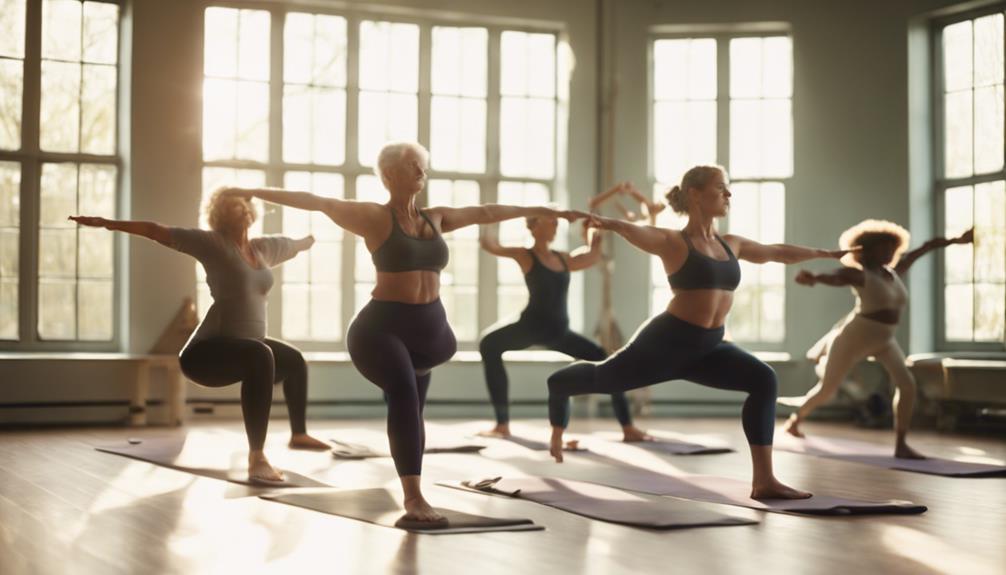Elevate Your Practice: How to Use a Yoga Block with Ease!
Yoga is a beautiful journey that encourages self-discovery and body awareness, but sometimes, we all need a little helping hand. That’s where yoga blocks come into play! These simple yet versatile tools can enhance your practice, whether you’re a beginner or an experienced yogi. In this article, we’ll explore how to use a yoga block effectively and creatively to elevate your practice and unlock new levels of flexibility. So, roll out your mat, grab your block, and let’s dive in!
To start, let’s understand what a yoga block is. Generally made from foam, cork, or wood, yoga blocks provide support and stability in various poses. They can elevate the floor, bring the ground closer to you, or assist in achieving proper alignment. In poses like Triangle (Trikonasana) or Half Moon (Ardha Chandrasana), placing a block beneath your hand can make it easier to maintain balance and form. This support allows you to focus on your breath and intention rather than straining to reach the floor.
When using a yoga block, remember to experiment with its height. Most blocks have two or three levels; by turning them on their side or flat, you can adjust the level of support according to your needs. For example, in Forward Fold (Uttanasana), placing a block under your hands can relieve pressure on your back and hamstrings, enabling you to deepen the stretch gradually. So, embrace your block as a tool for empowerment, not as a crutch—it’s all about enhancing your experience on the mat!
Unlock Flexibility: Creative Ways to Embrace Your Yoga Block!
Now that you’ve learned the basics of how to use a yoga block, let’s explore some creative ways to integrate it into your practice for unlocking flexibility. One fantastic way is to utilize the block in seated stretches. When practicing poses like Seated Forward Bend (Paschimottanasana), placing a block under your feet can create a comfortable elevation, allowing your torso to lengthen toward your legs without compromising your posture. This adjustment nurtures flexibility while preventing strain, making your practice more enjoyable.
Another creative use of a yoga block is during supported backbends. In Bridge Pose (Setu Bandhasana), placing a block under your sacrum can help you find a gentle lift. This position not only offers a restorative effect but also opens up your chest and shoulders, promoting deeper breathing and relaxation. You can also try using a block in Fish Pose (Matsyasana) for added support under your upper back—this modification allows for a heart-opening stretch while reducing any discomfort in the neck.
Finally, don’t forget about the block’s role in balance poses! When practicing Tree Pose (Vrksasana), placing a block beneath your standing foot can provide a broad base, allowing you to focus on your alignment without fear of tipping over. This way, you can work on building strength in your standing leg while maintaining stability. The key is to get creative—experiment with different poses and see how the yoga block can enhance your experience. Remember, every little adjustment brings you closer to unlocking your full potential on the mat!
Embrace Your Journey with a Yoga Block!
In conclusion, learning how to use a yoga block can significantly enhance your yoga practice, allowing you to access poses more comfortably while promoting flexibility and strength. Whether you’re using it for support, stability, or creativity, a yoga block is truly a versatile tool that can transform your experience on the mat. Experiment with various heights and placements to find what works best for you, and don’t hesitate to get creative with your practice!
As you continue on your yoga journey, remember that the goal isn’t perfection but rather progress and self-awareness. So, grab your yoga block and explore the endless possibilities it offers. With time and practice, you’ll find that these simple adjustments lead to greater joy and fulfillment in your yoga practice. Happy stretching!
